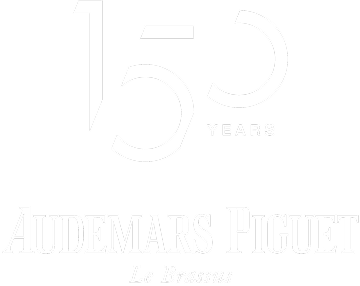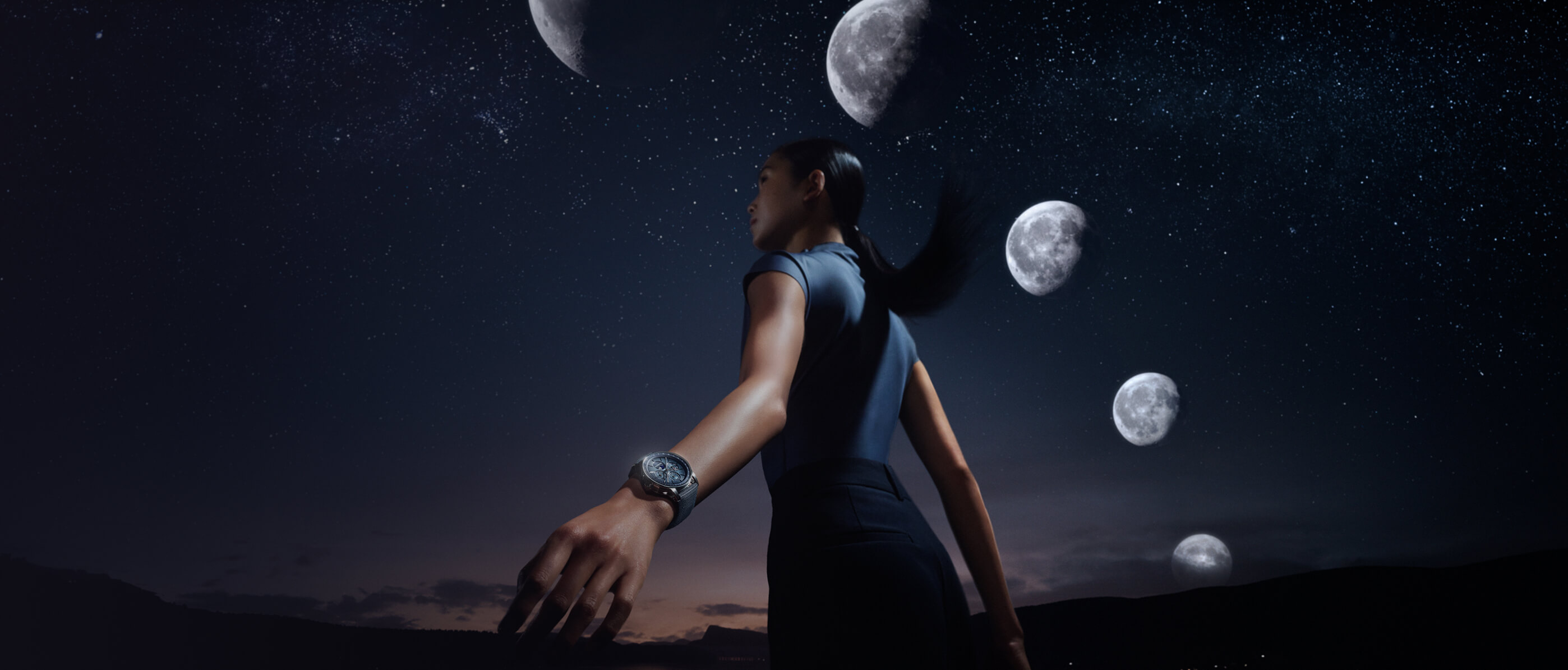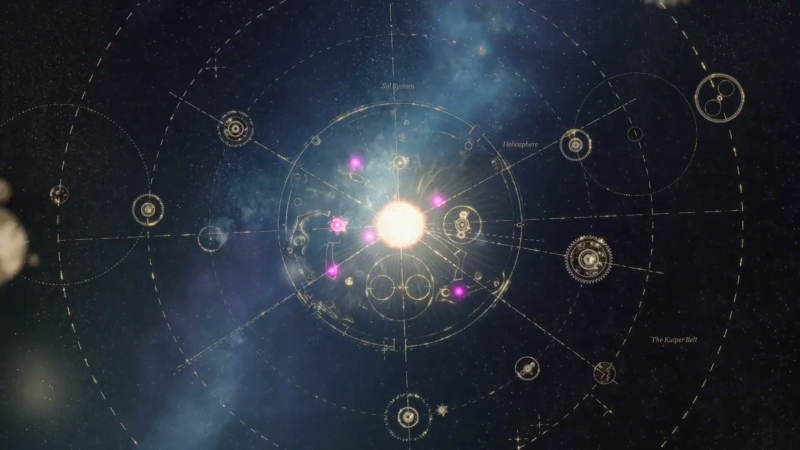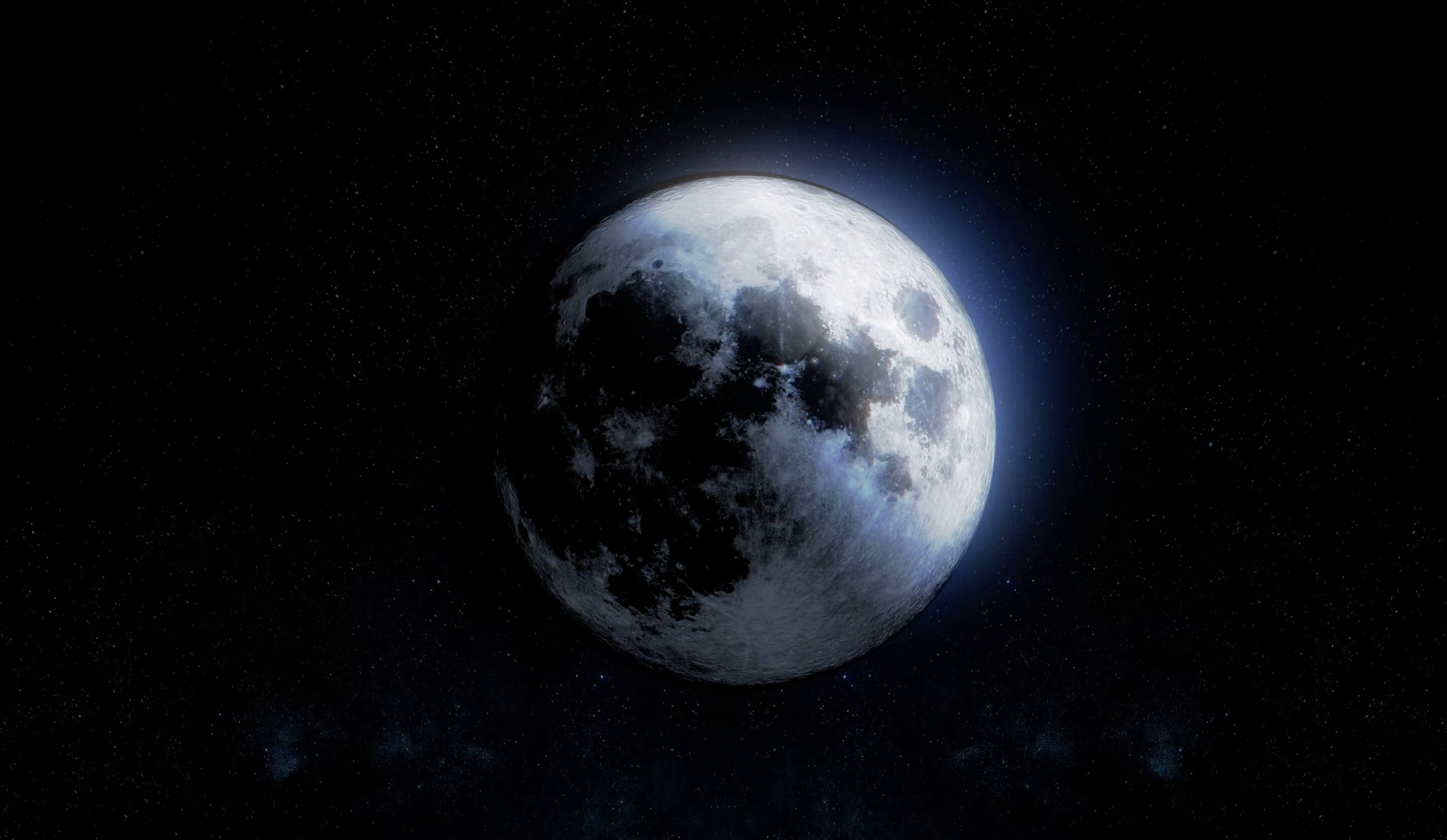

CelestialPerspectives
Celestial Perspectives invites you on a cosmic journey to unravel the fascinating complexity of one of watchmaking's most sophisticated achievements: the perpetual calendar. Illuminating how lunar rhythms shape the modern world, each chapter offers a glimpse into how the Moon inspires our daily lives.
From the dawn of civilization, humans have looked to the sky for guidance. The Sun and the Moon have not only illuminated the darkness but have dictated the natural rhythms of our lives.
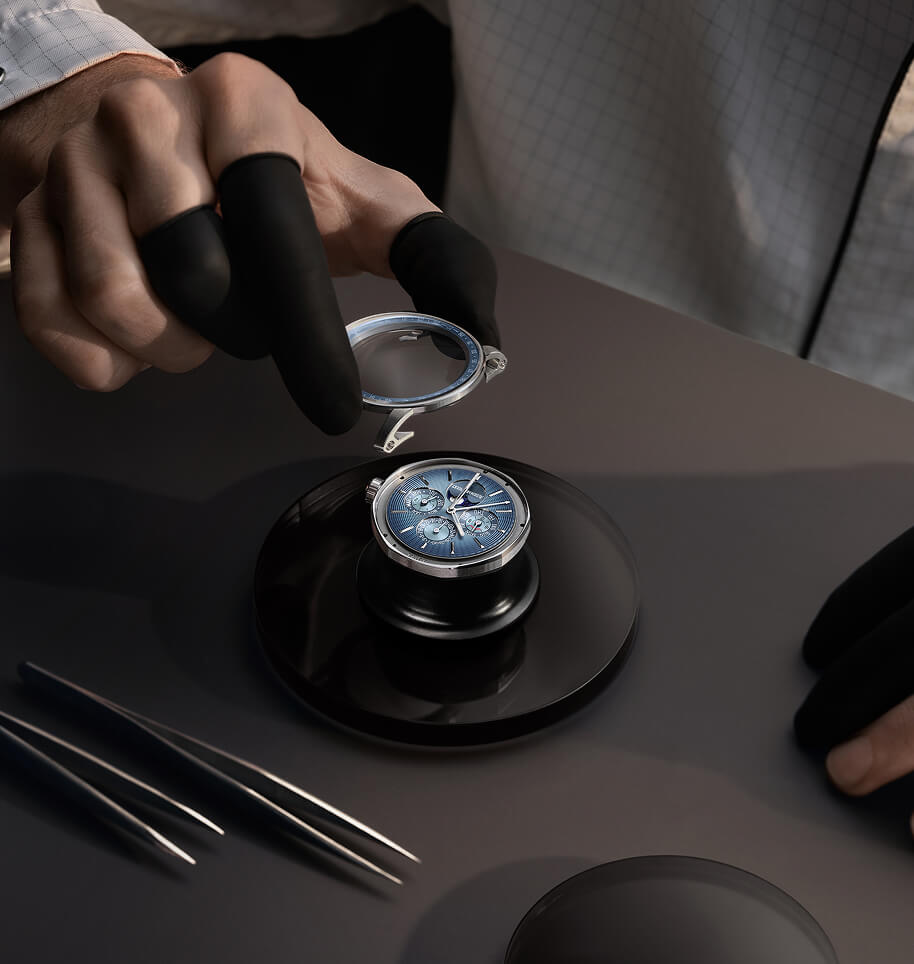
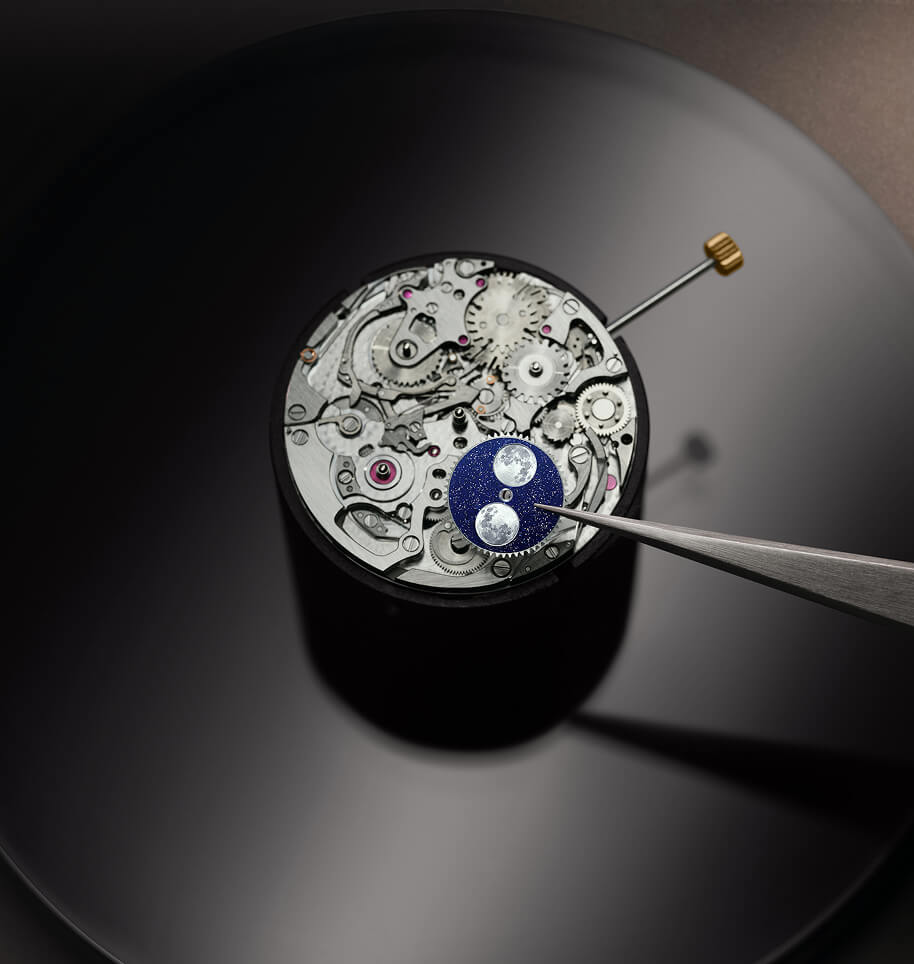
These early methods of timekeeping reflect humanity’s profound relationship with nature—a relationship that continues to inspire and move us today.
The Moon, in particular, has captured the human imagination like no other celestial body. While we still don’t fully understand why our closest galactic neighbor exerts such power over us, its waxing and waning has faithfully marked the passage of time, giving rise to countless legends across cultures.

As a symbol of continuity and renewal, the Moon has long been both muse and master to watchmakers around the globe. Perhaps nowhere is this truer than in the stillness of the Vallée de Joux, where generations of watchmakers have found inspiration from the vast night sky.
For 150 years, Swiss Haute Horlogerie manufacturer Audemars Piguet has explored the conversation between timekeeping and the cosmos, distilling the cycles of the Moon into intricate mechanisms.
As the company launches a new iteration of the perpetual calendar complication, the next generation of horologists are renewing their commitment to meticulous craftsmanship and the mysterious world that lives above.
From David Bowie’s odyssey, Starman, where Ziggy Stardust embodies our fascination with the extraterrestrial, to Pink Floyd’s The Dark Side of the Moon, which employs lunar symbolism to explore themes of madness, greed, and existentialism—musicians often seek to make sense of human existence through a cosmic lens.
Renowned DJ and Producer Black Coffee sees the relationship between music and the Moon as one of mutual curiosity. “We don’t really know where music comes from, and similarly, the universe is such a vast and mysterious thing,” he explains. “Both make us think about our own lives and what it means to be human, so there’s a deep connection there.”
The Grammy Award-winning artist tapped into this synergy when composing a track for the Netflix film Rebel Moon: The Scargiver. By layering both human and lunar sounds, he aspired to capture the spirit of the characters and the fictional Moon of Veldt on which they reside.
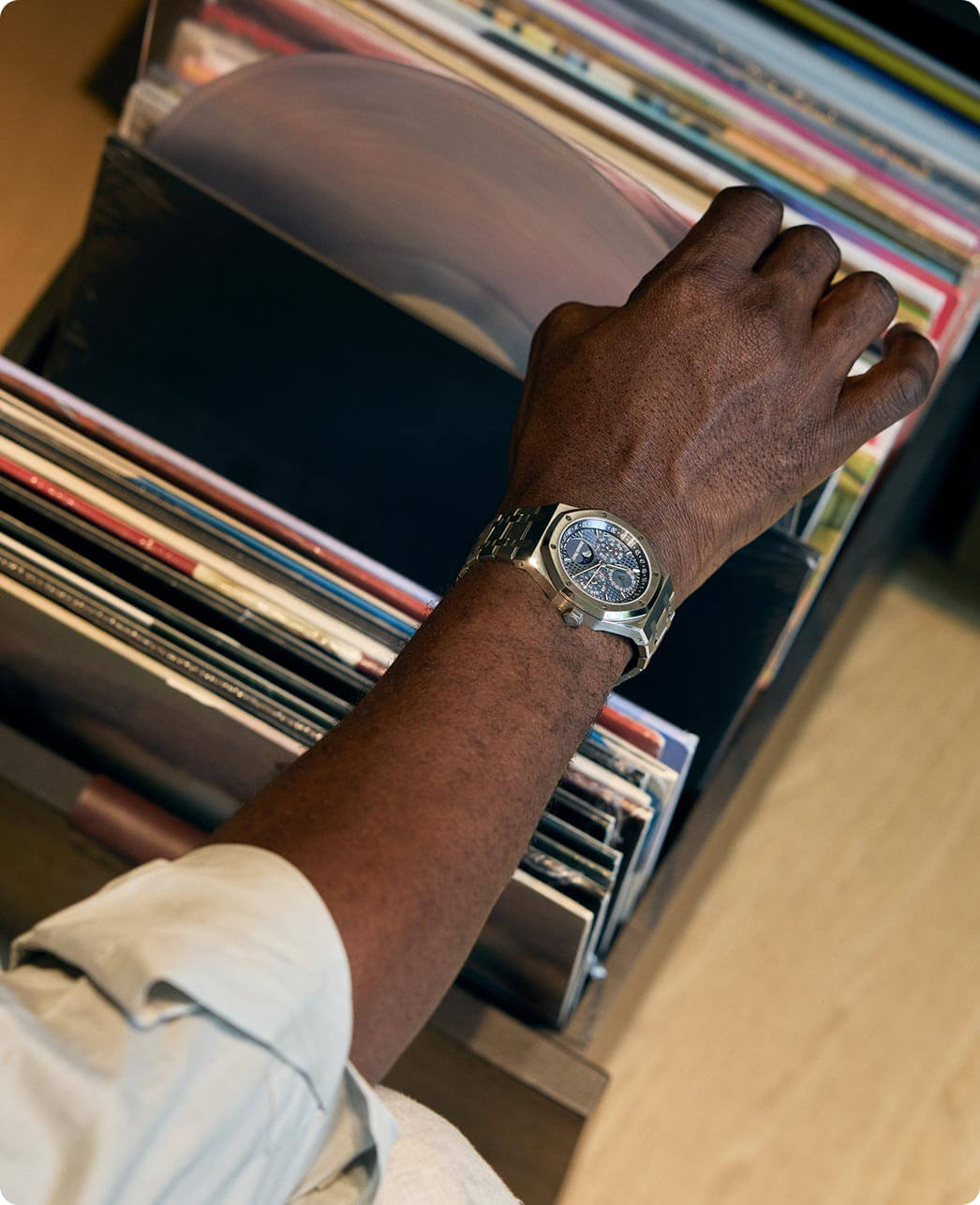
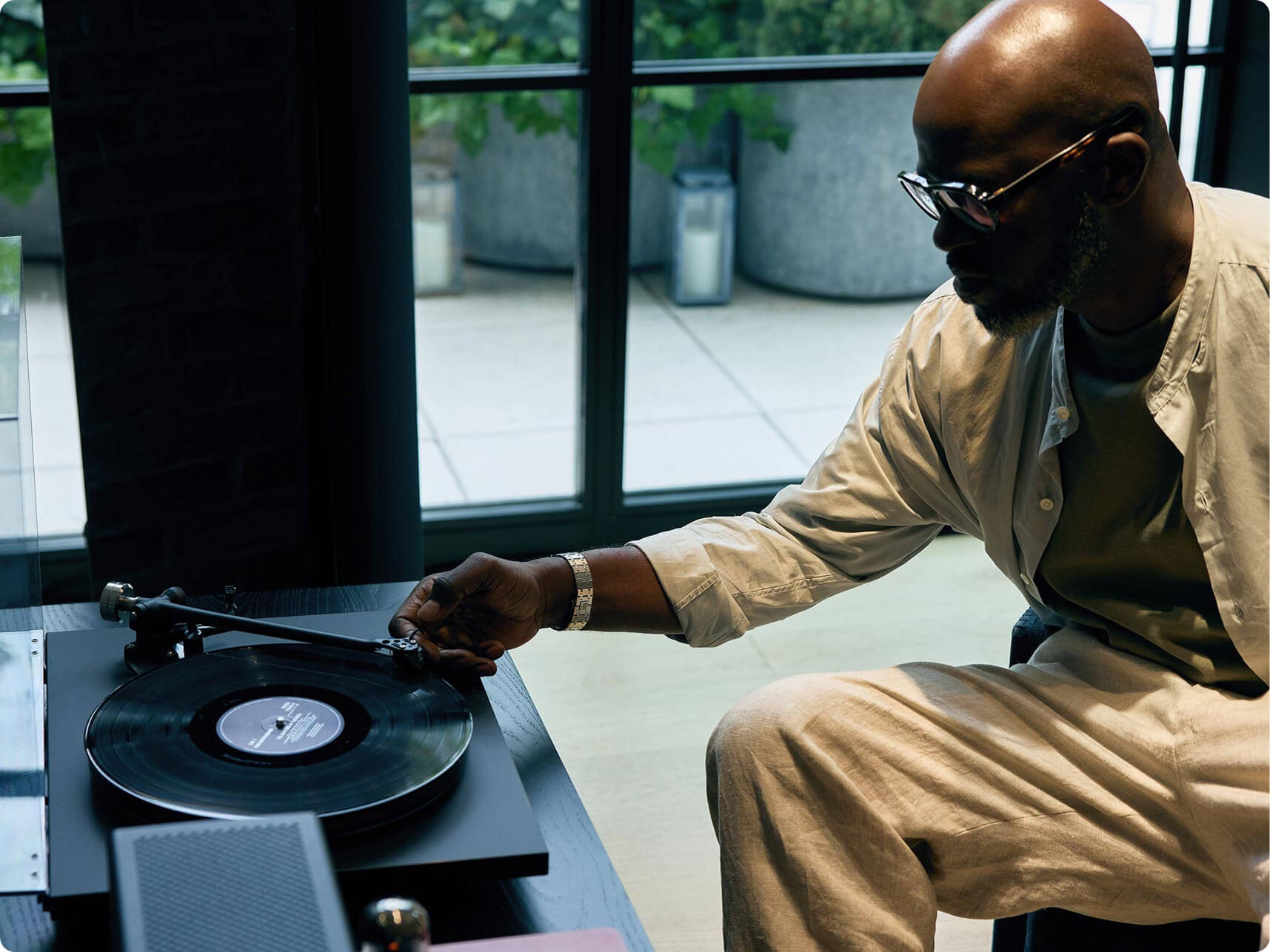
“I started with vocals, which captured the character’s essence, then added more futuristic textures to evoke the distinct atmosphere of Rebel Moon,” he says. The result is a blend of musical genres that creates a sense of both place and identity. “If we discovered life in space,” he ponders, “I think that music would be our first form of communication.”
Just as music enables us to transcend the present and connect with realms beyond our own, the art of watchmaking opens a gateway to the intricate dimensions of space and time. Both disciplines demand a deep respect for craft, and the ability to transform something invisible into something tangible and profoundly moving.
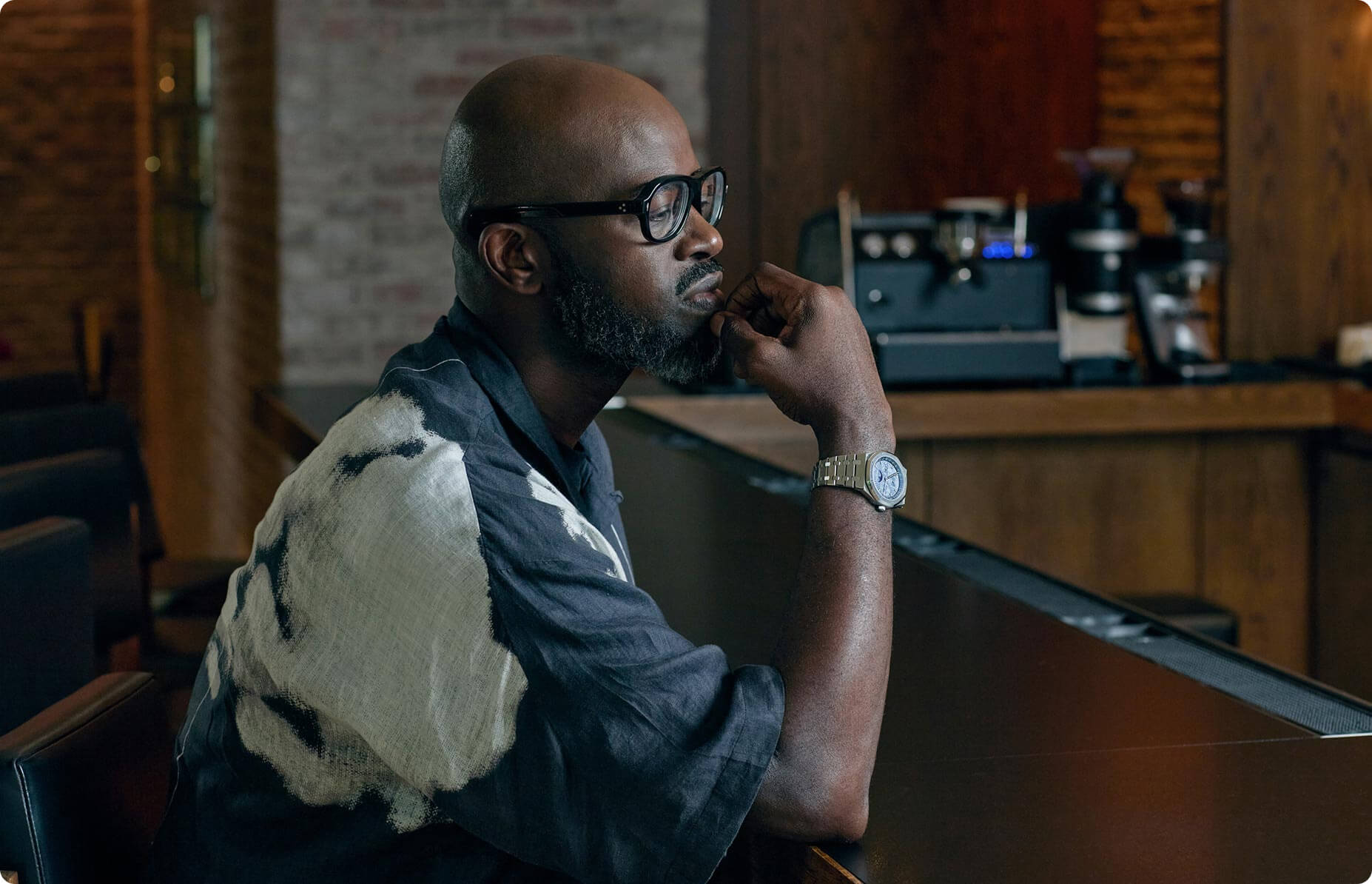
“There’s so much precision involved in creating these watches,” Black Coffee says. “People overlookdetails in music, but as creators, we strive to perfect every bar. These timepieces have the same attention to detail—the craftsmanship is applaudable.”
For as long as artists, musicians, and craftspeople continue to express our connection to the celestial through their creations—giving form to what is vast, mysterious, and unseen—our eternal fascination with the Moon will continue to resonate for generations to come.
For centuries, many have held the belief that the Moon impacts our mood, behavior, and sleep.
Professor Christian Cajochen, Head of the Centre for Chronobiology at the University of Basel in Switzerland, has spent years exploring how the Moon could affect our natural body clocks. His findings suggest that during a full Moon, people tend to fall asleep later, sleep more lightly, and experience a drop in melatonin—the hormone that helps us rest.
“The Moon’s effect on sleep remains a mystery,” he admits. “But what we do know is that, in controlled conditions, people report lower sleep quality during a full Moon, even when they aren’t exposed to moonlight. That suggests there may be an evolutionary factor at play.”

Cajochen and his contemporaries suggest that before artificial light, the Moon’s glow made our ancestors more alert to danger, prompting survival responses that interrupted our sleep. Others propose that we may have an internal circalunar rhythm, a biorhythm that stays attuned to the Moon’s monthly cycle.
“We have evidence that evening melatonin secretion is attenuated around a full Moon,” Cajochen adds. “But whether this is a remnant of an ancient biological rhythm or simply a response to increased moonlight remains unclear.”
Despite this growing knowledge base, much is still unknown. Does the Moon affect us all? Are some more sensitive to lunar shifts than others? For those looking to align with the Moon, Audemars Piguet’s perpetual calendar watches allow wearers to observe its changing phases through a dedicated complication. Perhaps, in doing so, we can all better understand our connection to this ethereal body that dominates the night sky.
For as long as humans have created, the Moon has inspired. But what happens when the Moon itself becomes the subject?
For visual artist Phoebe Hui, the Moon has always been a symbol of connection—a constant in an ever-changing world. It was only when she visited the Vallée de Joux, in the heart of the Swiss Jura mountains, that her relationship with the Moon took on new meaning.
“As someone who grew up in Hong Kong, I had never experienced nature in such a direct way,” she recalls. “As we climbed to the top of the mountain wearing headlights, I asked the local guide why people made this journey. They told me that when the full Moon rises here, the snow glows. That moment stayed with me.”
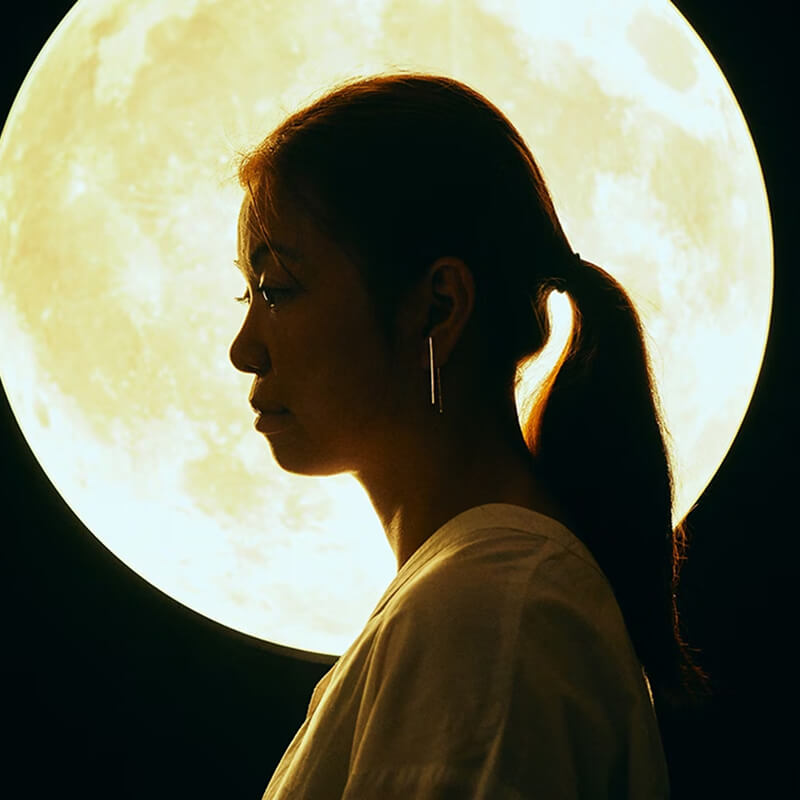
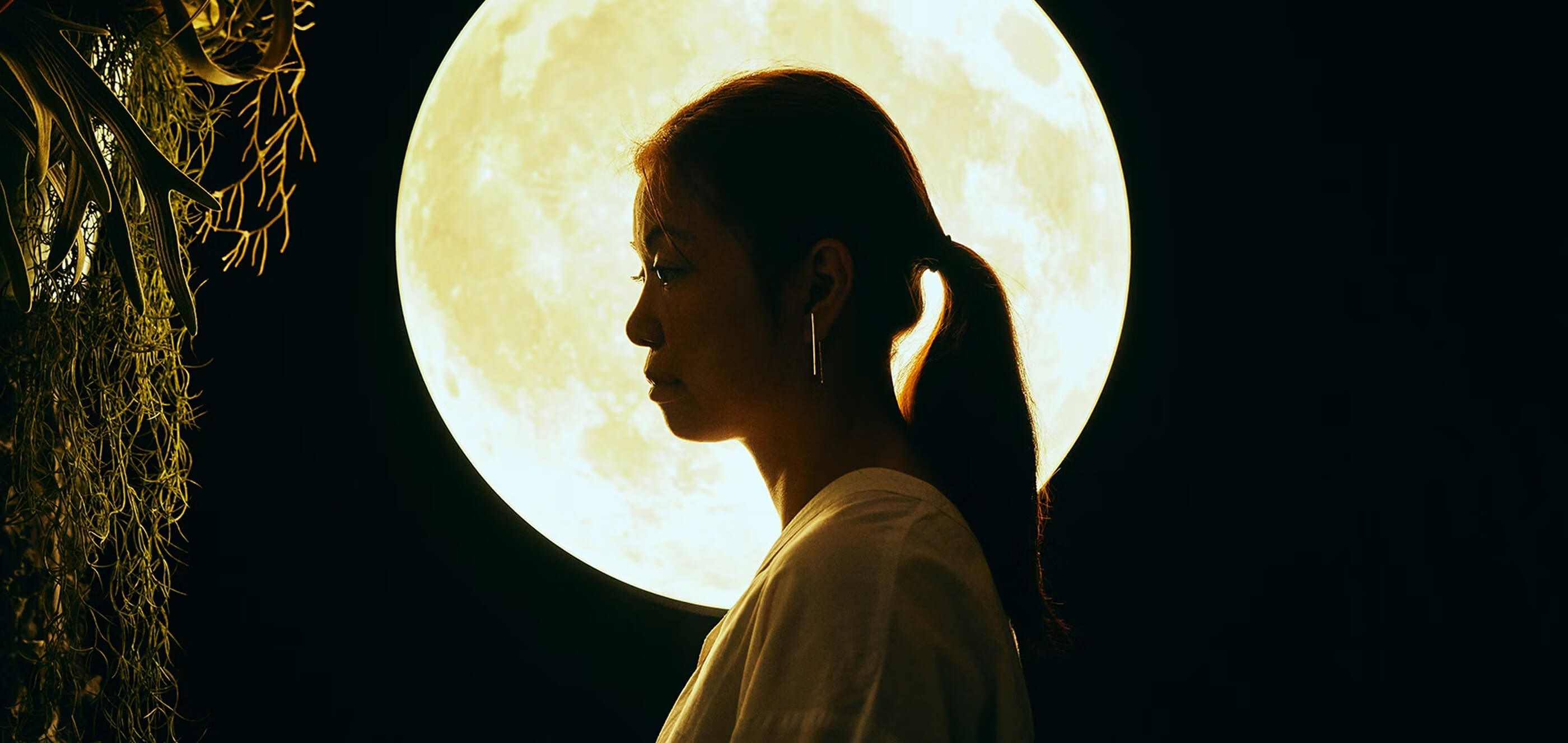
“When I learned this, it mattered to me in a way I couldn’t explain,” Hui says. “Even though it won’t affect us in our lifetime, I felt compelled to respond to it creatively.”
This revelation became the foundation for The Moon is Leaving Us—a meditation on impermanence, a tribute to our celestial companion, and a reminder that even the most constant things in life are always in motion.
Blending art, technology, and history, Hui’s work bridges centuries of lunar observation. Selenite, a towering, kinetic robotic installation, moves like a living organism. Its 48 mechanical arms are each affixed with a screen, which together form a large, satellite-shaped structure.
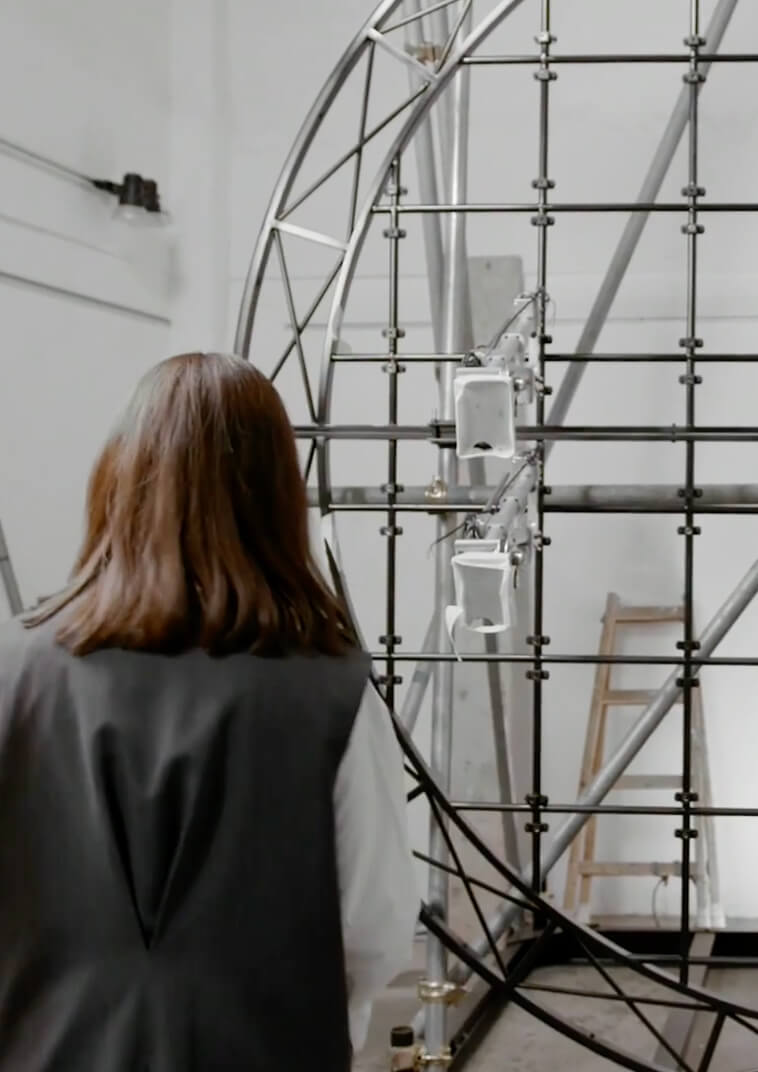
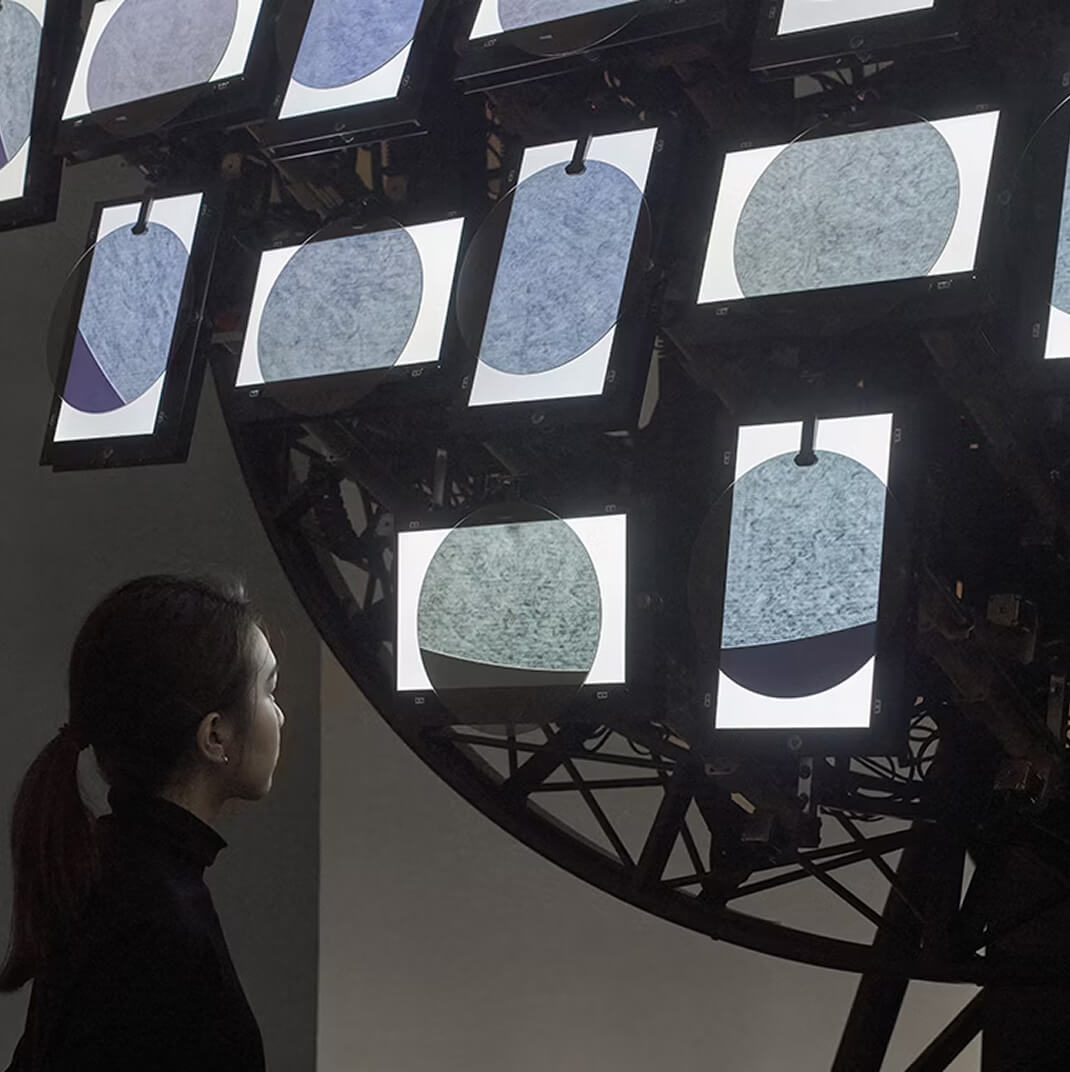
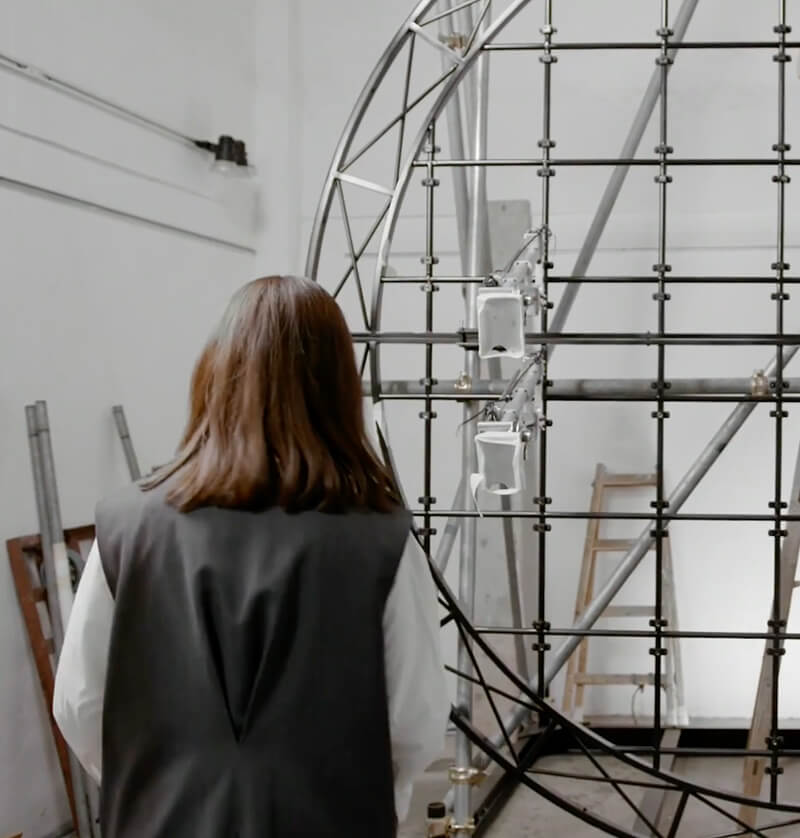
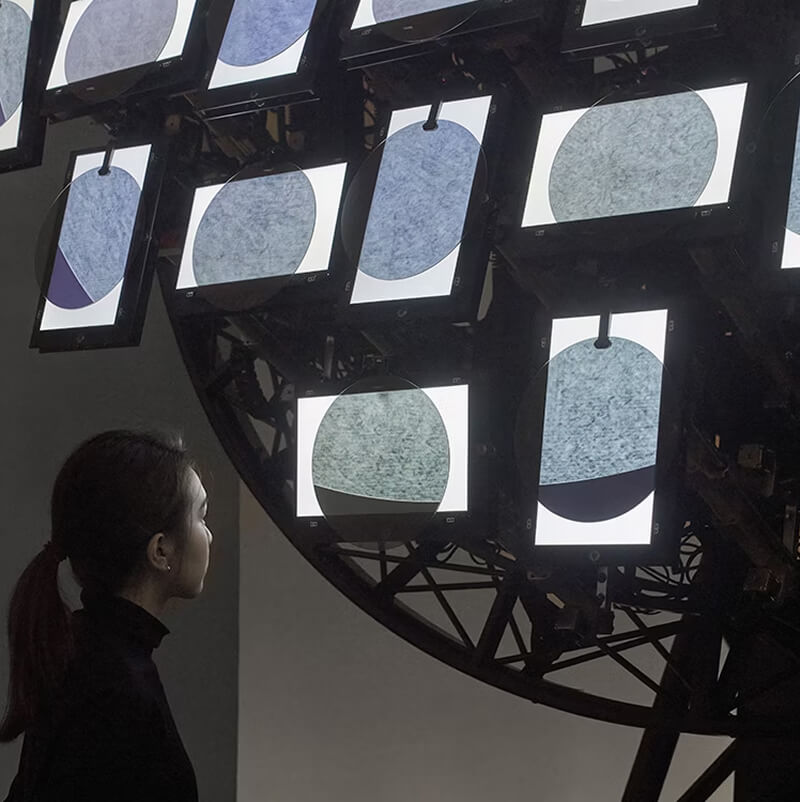
Meanwhile, Selena—named after the ancient Greek word for Moon—is a highly sophisticated drawbot programmed to produce intricate ink drawings of the Moon, based on open-source NASA images and in the style of 17th-century astronomer, Johannes Hevelius.
“The Moon connects us—not just across cultures, but across time.” Hui reflects. “My work is a conversation between those who observed it centuries ago, and those who will continue to do so long after we’re gone.”
The Moon dictates the movement of the Earth’s waters. From coastal shallows to the open ocean, its influence can be felt in every swell and current.
This symbiotic relationship also shapes the earliest memories of professional surfer Brisa Hennessy, who was born into a life of crashing waves and sunshine. “I stood on a surfboard before I could even walk,” she recalls of her childhood in rural Costa Rica. “We were completely off-grid, living by the Sun and Moon. They call it la vida pura—the pure life.”
In her youth, tides were just another factor to consider when planning a trip out on the board. But as Hennessy grew older, she began to recognize the Moon as a powerful ally—a force capable of transforming lazy ripples into towering walls of water. “You don’t wake up and decide to go surfing; the ocean has its own timing,” she explains. “In that sense, the Moon ties everything together emotionally, spiritually, mentally. You learn to live by its rhythm.”




“Humans are made mostly of water, so I feel like the waves are in harmony with our vibrations,” Brisa muses. To her, catching a wave is an indescribable feeling. “The closest thing would be like flying,” she says. “It’s an adrenaline rush; time stops and you’re in this flow state—perfect moment, perfect space. It’s everything.”
Watchmakers have long treasured timepieces as conduits of otherworldly fascination. Over time, artisans have meticulously incorporated Moon phases and other astronomical indicators into their designs, refining the vast cosmos into ever more intricate mechanisms.
However, it wasn’t until the 18th century that a revolutionary breakthrough emerged: the perpetual calendar. Unlike standard calendar watches, which require regular manual adjustment, the perpetual calendar accurately accounts for leap years, varying lengths of each month, and even Moon phases.
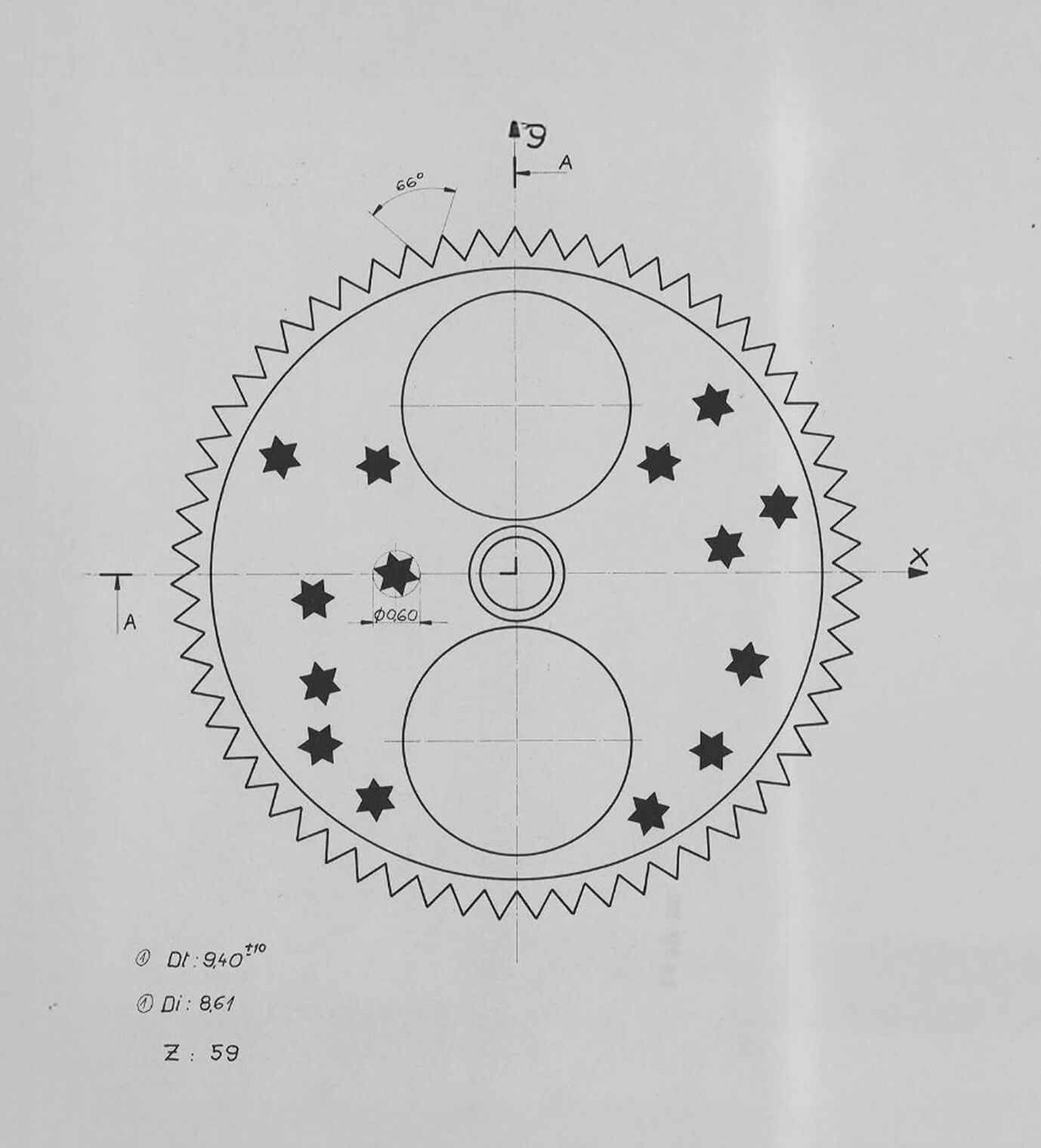
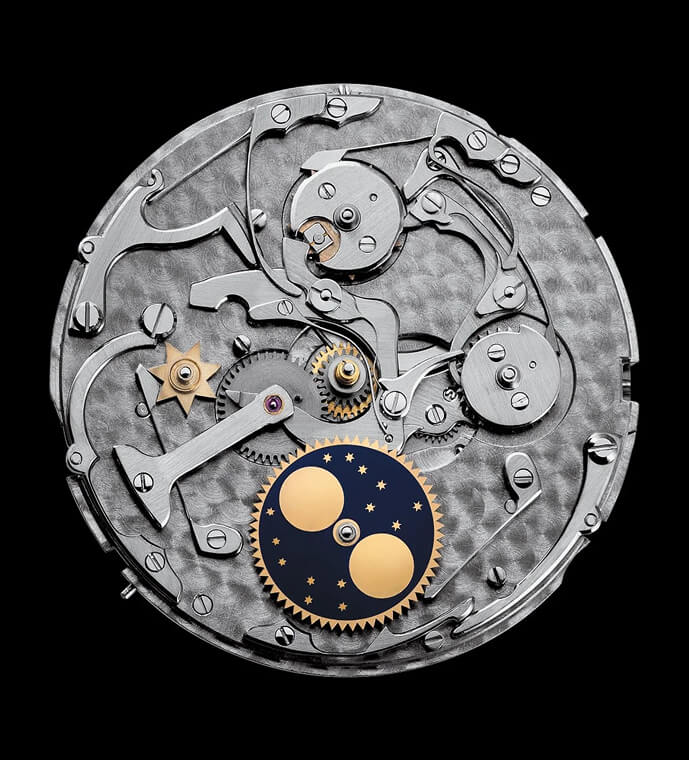
Specializing in astronomical watches since 1875, Audemars Piguet pioneered the art of miniaturizing this complication in the mid-20th century. Blending craftsmanship, innovation, and artistry, the company helped evolve the perpetual calendar from pocket to wrist in the watches we see today.
That legacy reaches new heights this year with the launch of Calibre 7138, a self-winding perpetual calendar debuting in the Royal Oak and Code 11.59 by Audemars Piguet collections. By distilling generations of expertise into 48 months of uninterrupted precision, these latest iterations honor the history of the perpetual calendar, while bringing high complications to a new audience of stargazers.
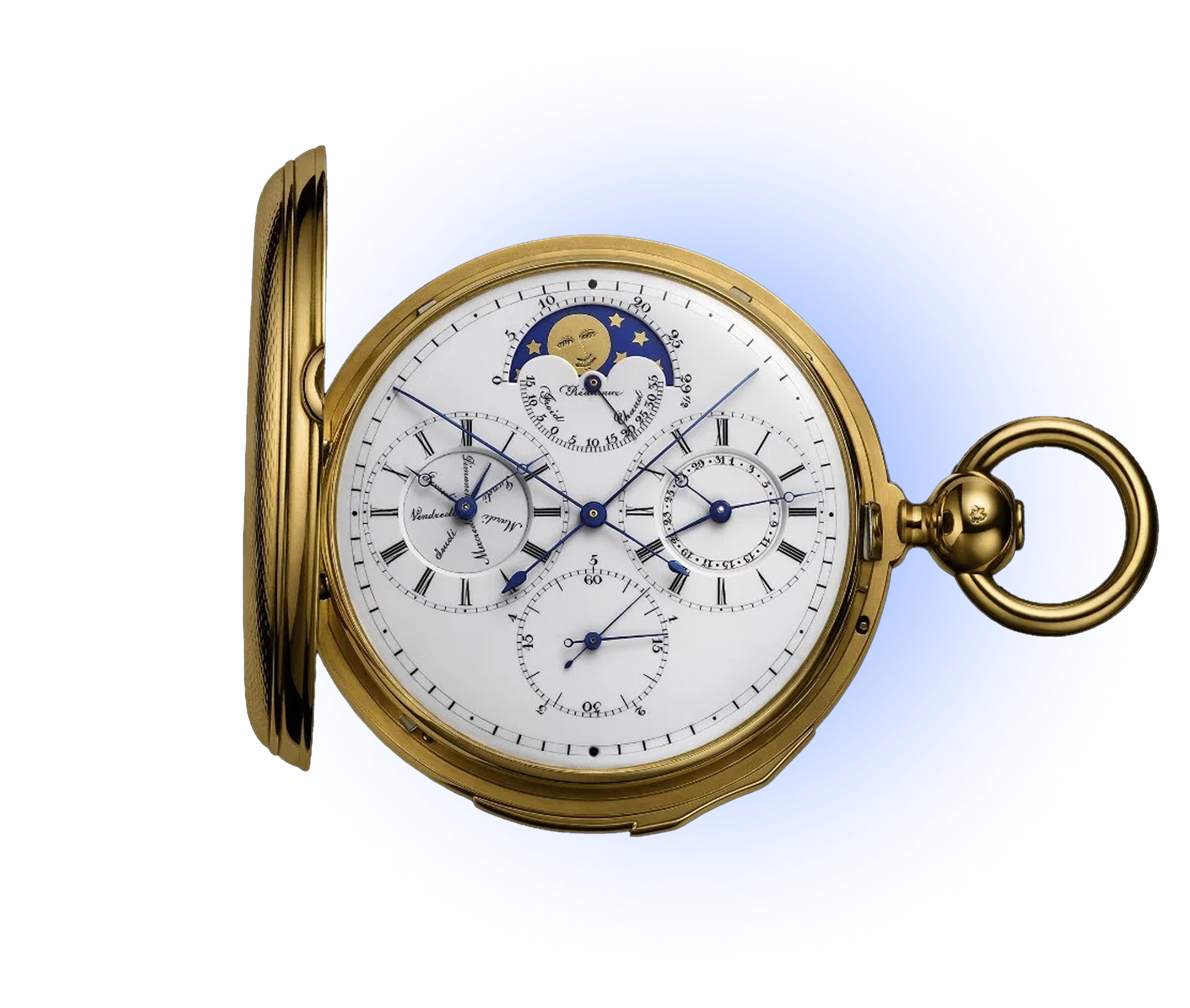
Sometimes, true innovation means taking something complex and making it simple. At one point in time, the idea of a mechanical clock seemed insurmountably complex. Now, we hardly pause to consider the brilliance in its measured ticking.
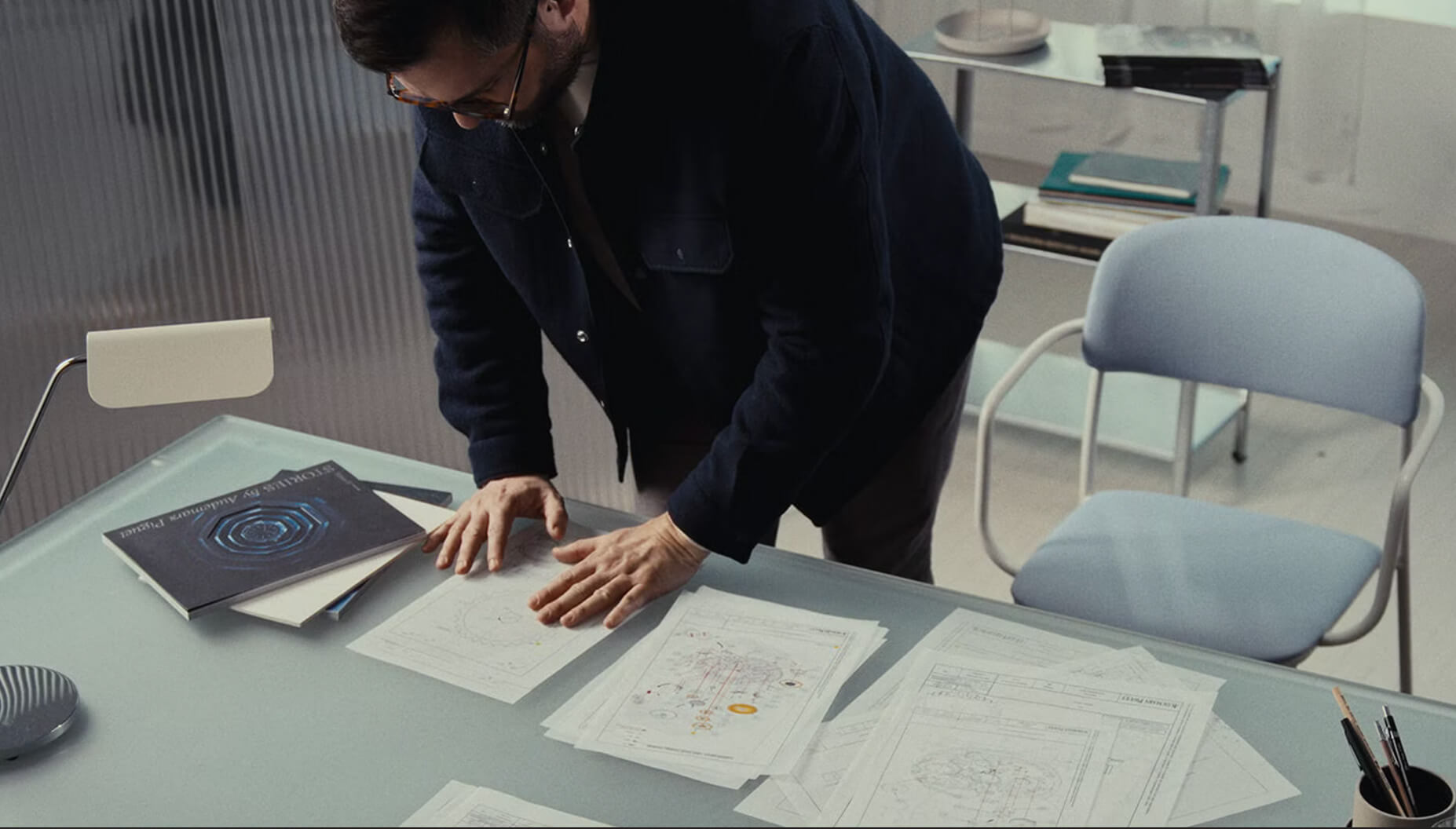
Audemars Piguet has channeled this ethos of innovation into its new all-in-one-crown. The three-patent mechanism eliminates the need for any extra tools, with the four distinct setting positions on the crown allowing the wearer to adjust the time, day, date, month, and Moon phase with just a few clicks. By consolidating multiple functions into one elegantly engineered timepiece, Audemars Piguet has taken the technicality of a perpetual calendar and made it remarkably accessible.
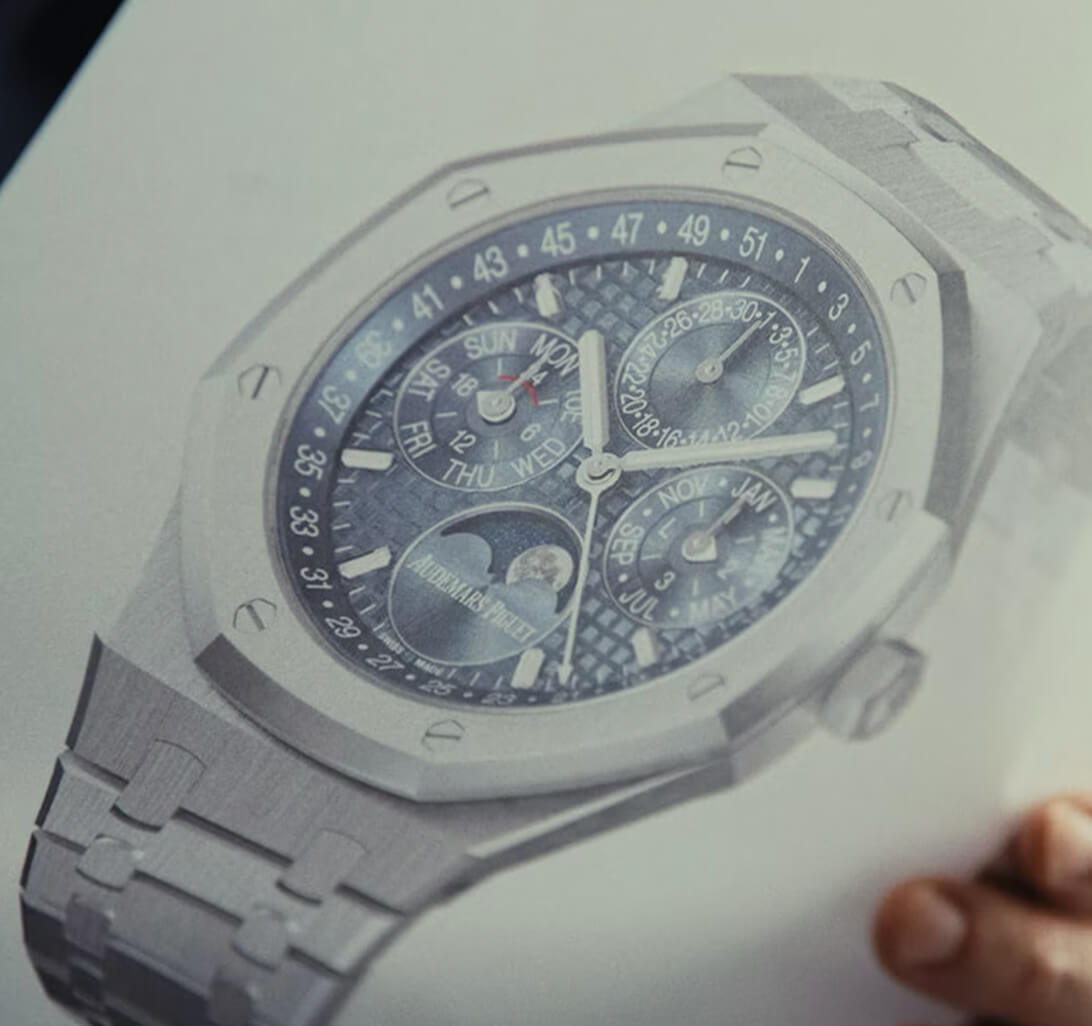
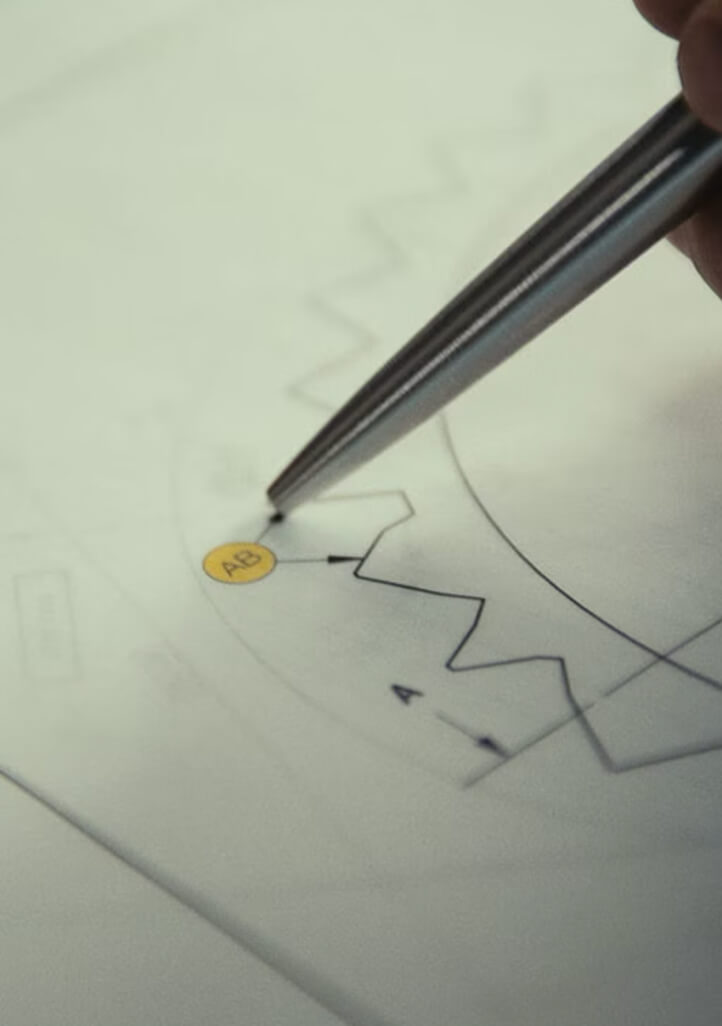
And yet, the real beauty of the all-in-one-crown is the way it prioritizes user experience above all else. With ergonomics at its heart, this feature replaces the traditional pushers and correctors previously required to adjust dates and Moon phases, enhancing comfort and wearability. Marrying style and simplicity, this streamlined approach represents the future of fine watchmaking.
These stories explore the many roles the Moon occupies in our lives. At times, it serves as a creative muse. At others, it functions as a navigational tool, a sporting guide, or a biological force.
Some influences are palpable—the gravitational pull on the tides, the tracking of time—while others are more intangible: our dreams, our rituals, and the shared sense of wonder the Moon inspires across cultures and generations. Together, they form a thread that binds the Moon to how we think, feel, and move through the world.


At Audemars Piguet, the Moon’s influence has long captured the imagination of watchmakers, inspiring ever more intricate mechanisms to bring us closer to the universe’s cyclic rhythms. Even in the modern technological age, the perpetual calendar remains a tribute to that enduring relationship and a feat in human ingenuity.
